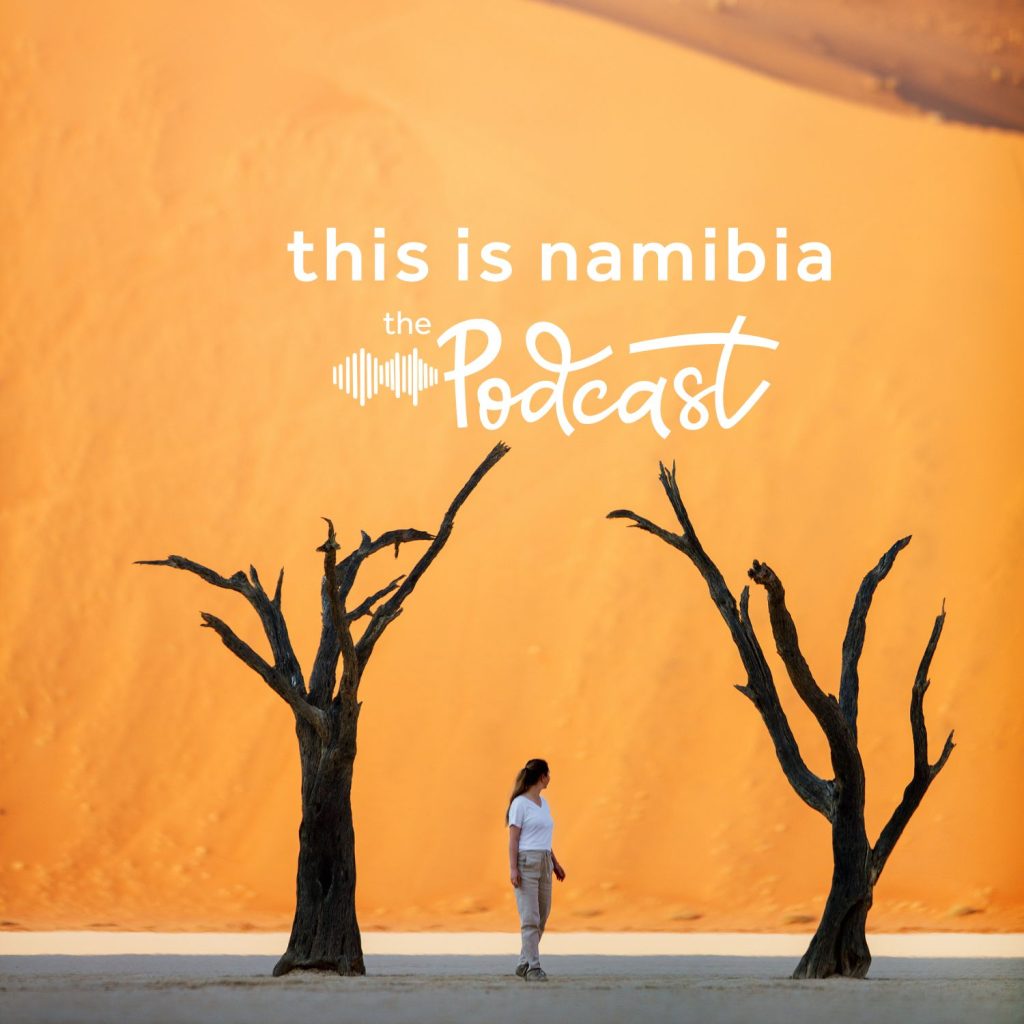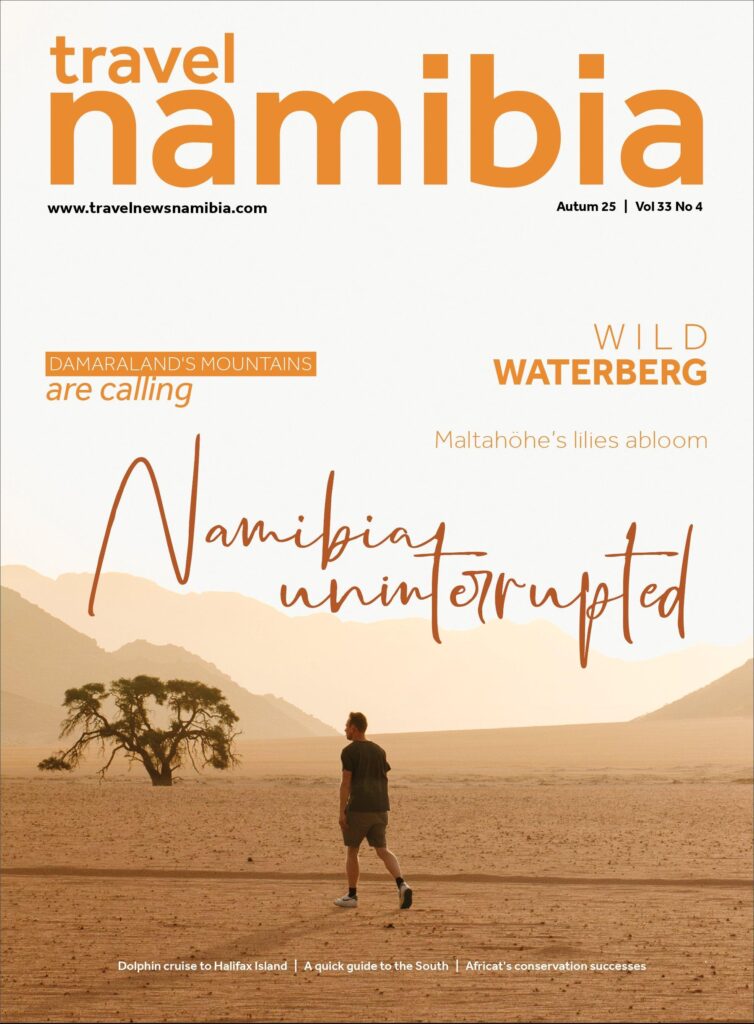
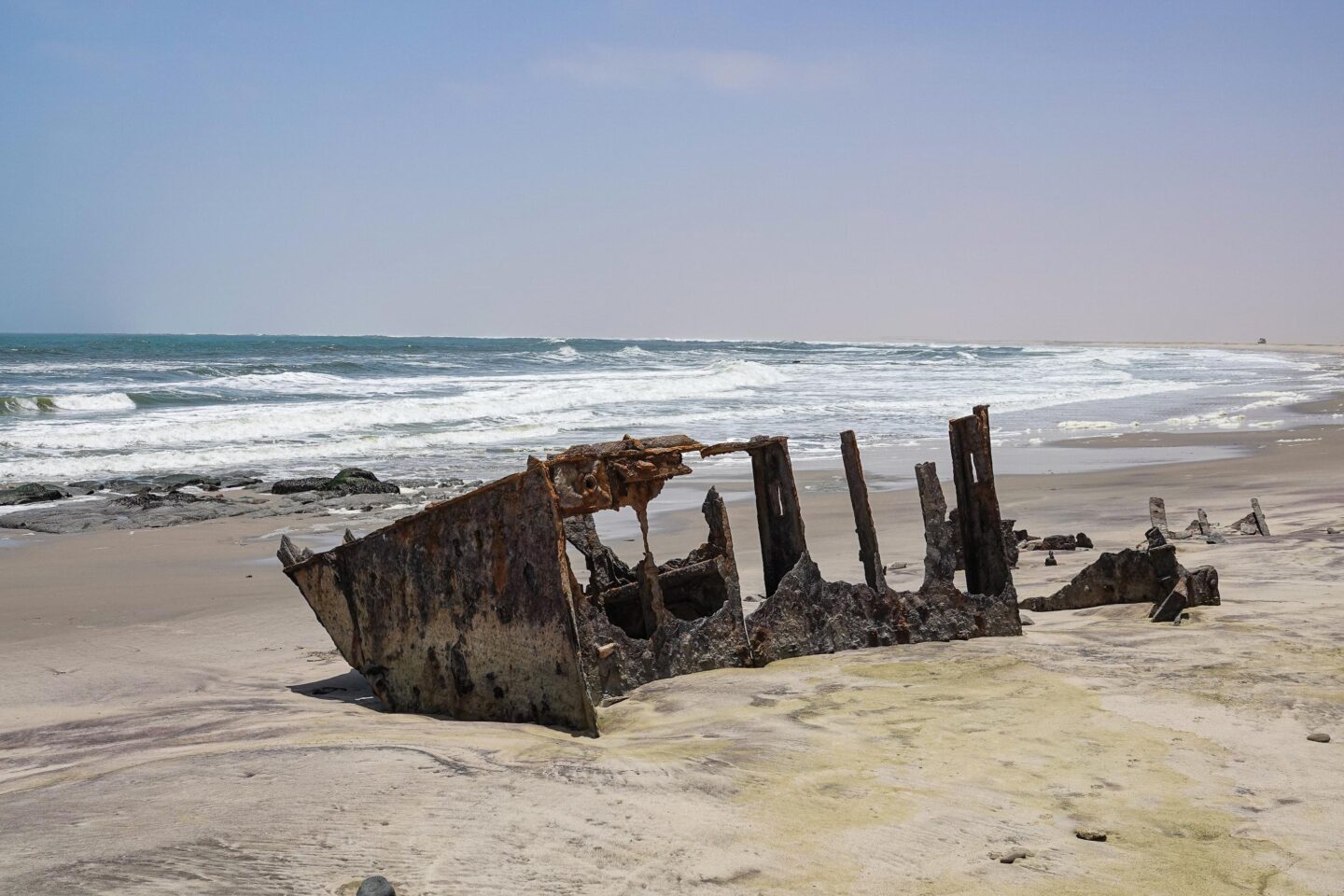
A PLACE OF
LEGENDS, BONES & MYTHS
In the land where time appears to slow down, where the sea meets the sandy touch of desert dunes, lies the Skeleton Coast. It is a place both feared and revered, whose name conjures images of ancient mysteries, dramatic shipwrecks and the eerie howling of the wind. Ever since my first visit, I have been captivated by its haunting beauty. As I explored the land, a deep curiosity grew within me – a love I was surprised to discover.
Text Kirsty Watermeyer | Photographs Kirsty Watermeyer
From the Autumn 2025 issue
Throughout history, this land has been known by many names. Sailors, who cursed its shores, dubbed it “The Gates of Hell”, for the sea was as treacherous as the land was unforgiving. Imagine, if you will, rough seas and tumbling waves, desert sands stretching as far as the eye can see along the shoreline, and a fog that swallows everything in its wake.
But do not be fooled into thinking that is all there is here. Beyond the horizon, brace yourself for the impact of beauty as it reveals itself up close.
WHERE MYTHS AND SURVIVAL COLLIDE
The Skeleton Coast, named after the remains of those who met their doom here, is a place of myth and legend. Over 1,000 vessels have become entombed in the sands, their timbers now bleached and crumbled under the weight of this harsh environment. Yet beneath the surface of this grim history lies a land of astonishing beauty and resilience.
Stretching over 500 kilometres from the Ugab River in the south to the Kunene River in the north, the Skeleton Coast is a land of extremes. Salty sea waves crash to the west, while dry, sandy dunes interspersed with rocky outcrops stretch to the east. This stark landscape provides the perfect setting for fog that rises from the sea, bringing moisture to the fauna and flora that call this land home.
A herd of springbok, their bellies full with the knowledge of hidden food, moves cautiously through the dry Uniab riverbed. Ever watchful, they tread lightly, for they too know the ancient stories of the desert-adapted lions that roam these sands.
The Skeleton Coast is not merely a land of desolation; it is a realm of strange, tenacious life. Lions, brown hyenas, seals and gemsbok carve out their existence in this unforgiving place, each creature finding sustenance where few others could. If you are fortunate enough, you might catch a glimpse of these survivors, but even if you do not, their stories are written in the countless footprints they leave behind in the sand.
At the Skeleton Coast National Park, nature rules in its purest form. Though the land is sparse, it is vast (16,845 square kilometres of coastal wilderness and desert) – a realm teeming with hidden wonders. From the rare ephemeral rivers that snake through the valleys to the lichen fields that bloom in the harshest environments, this is where life defies the odds.
SHIPWRECKS: A MODERN-DAY TREASURE HUNT
In this vast wilderness lies the world’s largest ship cemetery, where the bones of wrecked vessels whisper nautical tales of days gone by. One day, we set off in search of these elusive remnants, armed with nothing but maps and a sense of eager anticipation. The journey is harder than expected, for many of the shipwrecks have been swallowed by shifting sands or torn apart by relentless crashing waves. Sometimes all you find are fragments of the same vessel scattered far apart, testifying to the violent forces these ships endured when they ran aground.
It is a modern-day treasure hunt, where the thrill of discovery lies in the search itself. If you happen to pass another vehicle along the beach road, you can be sure that you will both come to a stop. With a nod and a quick exchange, you ask what treasures have been spotted along the way. Often the only way to confirm a shipwreck sighting is through the knowledge of someone who has already uncovered one. And so, with renewed enthusiasm, each vehicle drives off in different directions, eager to lay eyes on the bones of ships that have yet to be discovered.
A VAST AND VARIED LANDSCAPE
For this adventure, we enter the Skeleton Coast National Park through Springbokwasser Gate, located to the east of the park. From there, we travel past Torra Bay and the Uniab River mouth, staying at Terrace Bay before heading back down the shore to exit the park through the southern Ugab Gate.
As we journey along, the scenery is striking in its desolation. At times, the road opens to sweeping views of the cold Atlantic Ocean waters crashing against the shore. During other moments, we are confronted by a landscape that speaks of ancient origins, formed millions of years ago yet still evolving today.
The Skeleton Coast is a place of contrasts, where nothing is quite as one would expect. The dunes here differ from those of the Namib, containing fewer volcanic rock fragments and more minerals like garnet and tourmaline. Along with the region’s arid climate and the weathering-resistant volcanic rocks from the Etendeka Plateau, these factors give the landscape its unique character. Another interesting fact is that the beach sand here contains up to 80% quartz.
At Torra Bay, desert dunes stretch all the way down to the shore, where soft sands provide a perfect vantage point to watch the waves roll in rhythmically.
For millions of years, currents have carried sand, gravel and larger rocks northward from the mouths of rivers. Over time, this material evolved into gravel and pebble beaches. Some of these have been left high above the current tide line, forming raised beaches (also known as marine terraces) due to shifting sea levels. As we travel further north past Torra Bay, we see these raised gravel and pebble beaches, mostly composed of the predominant basalt rock from the eroded Etendeka Plateau. In fact, Terrace Bay takes its name from a three-metre-high marine terrace in the area.
THE MAGIC OF TERRACE BAY
Our home during our visit to the Skeleton Coast was Terrace Bay, a surprising gem along this wild coastline. While many people assume this place is purely an angler’s paradise, thanks to the abundant fish life that thrives here in one of the most productive oceanic areas in the world, we did not see a single fisherman during our stay. Instead, most visitors, like us, were drawn by the allure of this untamed land, eager to explore a corner of the world where the rhythms of nature remain unbroken. Though we came from all corners of the globe, we shared a common fascination with the Skeleton Coast – a place that stirs something deep inside all who venture here.
Terrace Bay is a fascinating little outpost, full of mystery and steeped in the remnants of its past. Once a diamond mining settlement with a checkered history, its story has evolved over time, and what really happened here is now more myth and folklore – much like many of the tales of this land. Perhaps the full story of its past is best left to the imagination. The old mine buildings, now weathered and worn, serve as a sanctuary for birds that shelter in the rusty remains of human endeavour.
This is the northernmost point for self-drive adventurers visiting the park, and here you will find beaches made up of beautiful, well-developed pebbles (also known as cobble beaches), some of which date back around 5,500 years. The Paraná-Etendeka Volcanic Province contributed significantly to the pebbles and gravel found on beaches north of the Uniab River mouth, including those at Terrace Bay. An interesting feature of these pebbles, so perfectly rounded, is that they are a clear indicator of strong wave action.
Operated by Namibia Wildlife Resorts, Terrace Bay offers simple yet cozy accommodation that captures the essence of this rugged place. You can choose from twenty en-suite double rooms or opt for the self-catering beach chalets, perfect for larger groups looking for a more private retreat.
Here, you will also find a fuel station and a small shop stocked with necessities and mementos to remember your stay. The restaurant at Terrace Bay serves up delicious meals, and the quaint, well-visited bar is a true talking point, with every inch of its walls covered in signatures and stories from visitors who have passed through over the years.
The charm of Terrace Bay lies in its understated beauty. Modest yet endearing, it is a place where the land’s stark beauty is matched by the warm hospitality that invites you to rest before continuing your journey through this extraordinary corner of the world.
A LASTING IMPRESSION
As we leave the Skeleton Coast behind, we carry its stories with us – tales of survival against impossible odds, of the slow decay of shipwrecks and the resilience of life. My thoughts return to one of the many names this land has been given: “the land God made in anger”. But I must strongly disagree.
Those fortunate enough to witness its beauty are granted a glimpse into a forgotten world. This land is one of ancient bones and shifting sands, its stories shrouded in mystery and lost to the sands of time. It is alive with raw nature. For those who venture into its depths, the allure of the unknown calls, whispering of a world both mystical and real – a place where nature reigns supreme. TN
More to explore


Discover Airlines launches a new direct flight between Windhoek and Munich
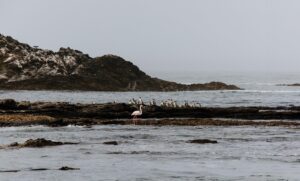
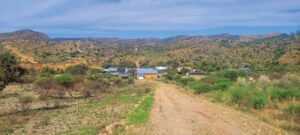


Discover Airlines launches a new direct flight between Windhoek and Munich




